In a nutshell, a PPC Landing Page is a dedicated page on which visitors land after clicking through from a pay-per-click ad. It is a standalone web page with specific anatomy; the goal of a PPC landing page is to maximise your conversion rate and better engage your target audience.
With regards to Google AdWords specifically, the experience a user has on your landing page contributes to your Quality Score, which in turn affects the average position of your ad, as well as your average cost-per-click. A low enough Quality Score can also prevent your ad from showing entirely.
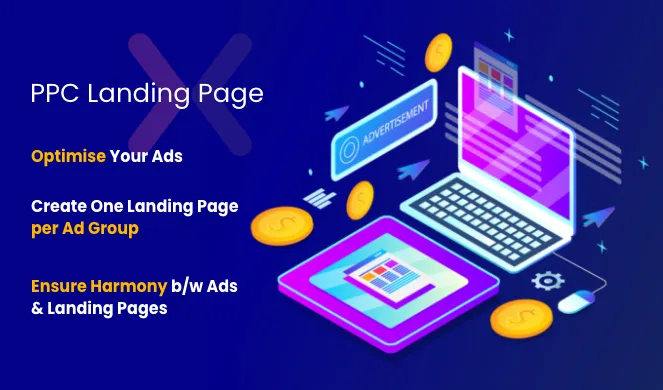
Though we are discussing methods for optimizing your landing pages, it is important to start with optimizing your ads, as they have a significant influence on your paid search landing page conversion rate.
When setting up a Google AdWords campaign, similar keywords should be classed together in ad groups, each with their own sets of ads. Each ad group should have a dedicated landing page to ensure proper messaging harmony.
As we have mentioned before, if your PPC ads convey a different message to what they then see on your landing page, they may feel as though they have been misled, causing them to click away and not take any action, which reduces your page’s conversion rate.
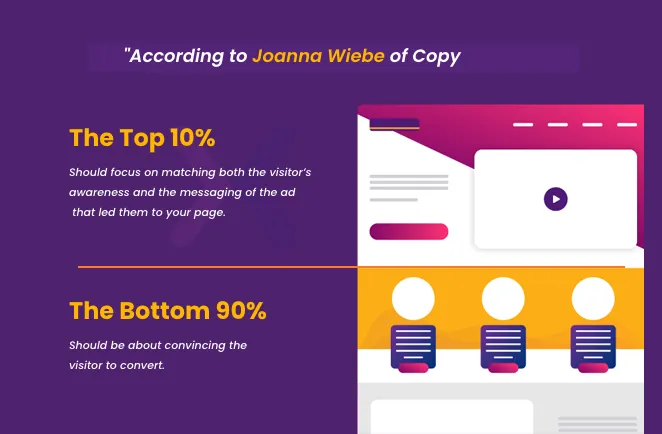
PPC landing pages are specifically created to gather leads. They are built for conversions, and the typical user journey differs from the corporate website. While a regular website will often have multiple pages connected by a navigation bar or menu, a PPC landing page follows a specific design and messaging hierarchy to prime visitors to convert.
According to Joanna Wiebe of Copy Hackers, an example of this messaging hierarchy is as follows:
Everything above the fold, in the portion of the screen that is visible without the need to scroll, should focus on matching both the visitor’s stage of awareness and the messaging of the ad that led them to your page.
Everything below the fold should be about convincing the visitor to convert. This can usually be achieved by answering the following questions:
What do you do?
Why should the visitor care?
Do others in the target market care?
Can you really do what you say?
Why should the visitor believe you?
If they do believe you, what should they do?
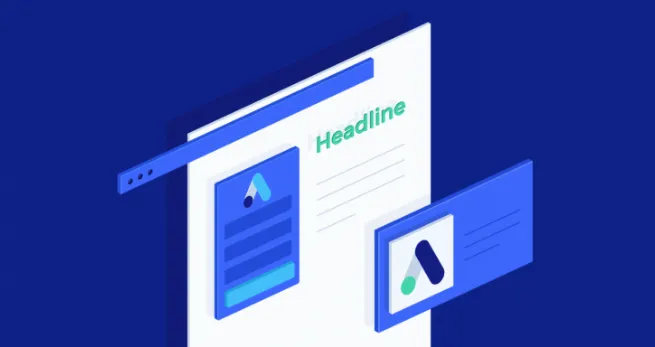
The first step to optimizing the headlines on your landing page is to ensure that your ad copy matches what visitors see on your landing page. If you make any adjustments to your landing page headlines, you also need to adjust your ads.
Just focusing on headline optimization can lead to an increase in conversions of up to 30%.
Headlines should directly address the visitor’s concerns, and succinctly explain how those concerns can be solved by taking action on your post-click landing page.
There are a few ways to change the text on your landing page without needing to adjust your ad copy.
Quantity - One such method is to cut down on the unnecessary text. A page filled with text can leave readers feeling overwhelmed, and too much copy can cloud the message you’re trying to convey. Ideally, you should try to get your point across in as few words as possible.
On the other hand, too little copy can leave the reader feeling confused as to how your product or service could help them
Location - Changing the location of your copy can also assist in increasing conversion rates. If, for instance, essential sections of the text are below the fold (not visible without scrolling), moving them above the fold may help.
Specific tools like HotJar and Crazy Egg are useful for examining how people are scrolling on your page.
Content variation - Because AMPs are specifically designed for mobile users, there is a higher chance that the content on your site will be different for desktop and mobile users. This could potentially lead to confusion on the part of the user, as they could see different information when they switch devices.
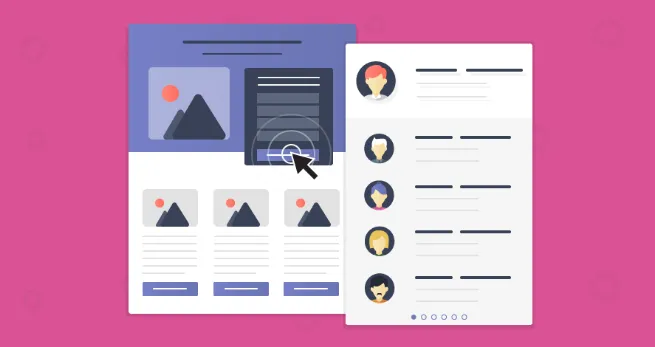
As previously mentioned, the design of your landing page can have a massive effect on your conversion rates. Though your design will often be dependent on your product or service, your target market, and your campaign goals, changing it from long-form to short-form, or vice versa, may help with increasing conversions. It is essential to continually test new ideas to get the most out of your landing pages.
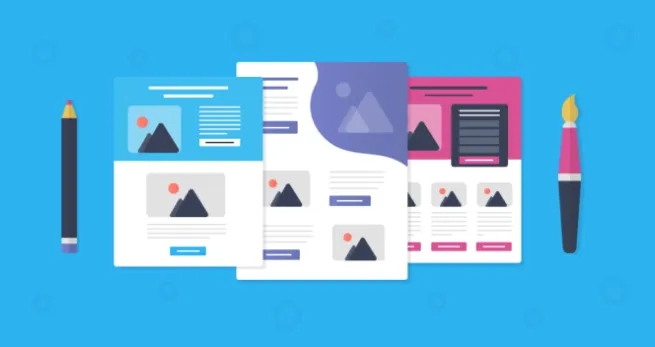
A minor change that can be made to optimize your landing pages is changing the color scheme. Though not a priority, a change in color can help to improve conversions.
For example, Lead pages found that changing the color scheme of their landing page to a light blue boosted the response rate on one of their landing pages by 141%.
Color psychology comes into play here, and it is essential to remember that different target audiences will respond differently to colors - what works for one may not work for the other.

The call to action (CTA) is one of the most critical aspects of your landing page, and there are multiple ways to optimize them:
Move the CTA to a different location on the page
Experiment with the number of CTAs on the page
On long-form landing pages, use multiple CTAs throughout the copy
Change the copy and color of your CTAs
Increase button size
You can also experiment with a click-to-call button.
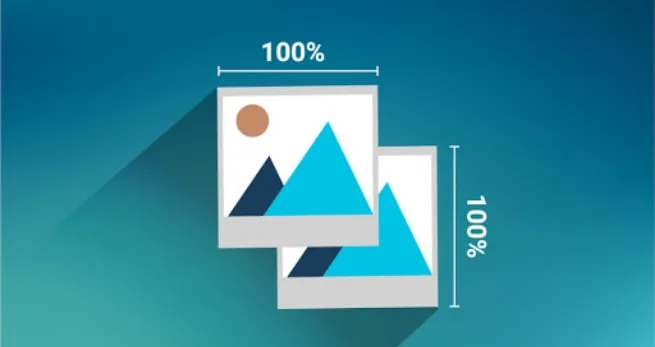
Note: Though not specific to AdWords, it is vital to ensure congruence between landing page images and any image ads run on Facebook or Youtube.
Images on landing pages help to draw the user in and act as a visual aid. If, for example, the business was offering a 30-day?-trial of their SaaS platform, it is vital to show an image of the product - possibly even a video.
As with most aspects of landing page design and optimization, there are no hard and fast rules, and what may work for one business may not work for another.
One widely accepted tip for using forms though is to have an image of a person looking at your form fields, as visitors tend to follow the eyes.
While forms are vital for lead generation, they can be one of the biggest conversion killers. Including too many form fields, adding too many compulsory fields, seeking too much information, using an easy-to-miss or too-small CTA button, using a lousy form headline - all of these things can deter visitors from completing a form.
While many articles are covering “form optimization best practices”, there are no industry standards or rules. The best way to find the optimal form layout is by testing.
Some landing pages may experience an increase in their conversions when using fewer form fields.
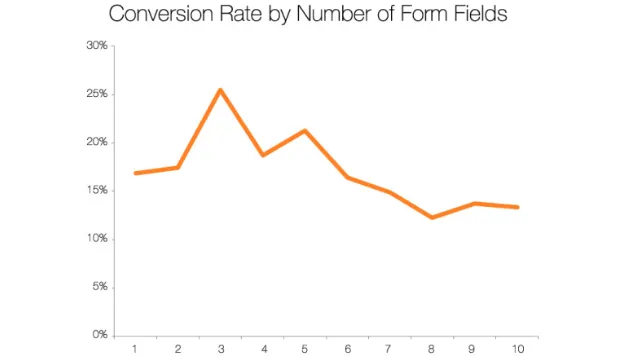
The above chart from Hubspot shows how conversions can vary with the number of form fields.
Pages with more than one form field can result in an increased feeling of confidence from visitors, as too few can seem untrustworthy. Therefore, adding additional form fields, even when not technically necessary, may increase conversions.
One example of this is a company called Gumroad, who experienced a 30% increase in conversions by adding just one form field to their checkout page. In their experiment, they said an email address field to a page that had previously asked only for essential credit card details and saw massive results.
Other ways to optimize your forms include changing the size of the form fields and placing a ‘No Spam’ mention under the ‘Submit’ button. By adding some assurance users would be more willing to fill out the form.
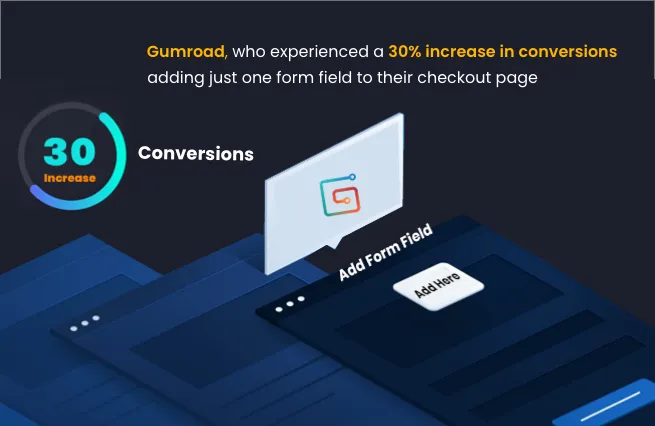
Trust badges are another way of optimising your landing page for conversions, and in some cases, these symbols can boost conversions by between 20% and 40%. The location in which these badges are placed is important, and they should be next to any form fields visitors are required to fill in - especially if they will be required to enter sensitive information.
Having them in this location can reinforce a feeling of trustworthiness, and can reassure visitors that their information is being handled securely.
Different trust badges will produce different results with diverse audiences, so it is important to test which ones work best.
Safe-checkout badges such as those given by the company that provides a site’s SSL certificate accepted payment method badges, such as Visa, MasterCard, or PayPal badges, as well as any third-party endorsement badges can all work to improve trust in a site.

Similar to trust badges, social proof can also increase a visitor’s feeling of trust, and, therefore, increase conversions. Though social proof comes in many forms, testimonials are often the most effective.
When placing testimonials from past clients on your landing page, using a picture of the person who supplied the testimonial can help to reinforce the fact that the testimonial is coming from someone real.
An excellent example of this, Content Verve experienced a 64.53% increase in conversions, by merely placing testimonials closer to their signup form fields.
Another form of social proof is displaying the number of people who have submitted their details on your landing page or using the grayscale logos of any big-name companies you have worked with.
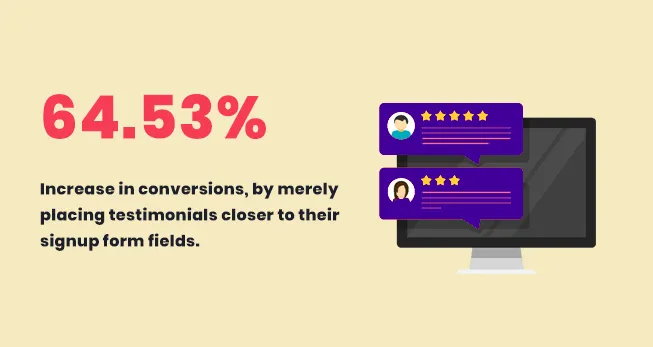
The most vital aspects of landing optimisation are testing each element and constantly making small improvements. When optimising headlines or landing page copy, first create a new ad group, and new ads - direct these ads to a new landing page with the headline or copy variations. Make sure no other ads are directed to this new landing page, or your results will be skewed.
After letting the ads run for a set amount of time or number of visitors, you can compare the results to see which changes provided an increase in conversions.
When optimizing your PPC landing pages, gathering qualitative data is an important step. CRO tools such as Session Cam, Hotjar and Click Tale can allow you to see the actions that visitors are taking on your landing pages - capturing their activities, such as hovering, clicking and scrolling, and showing you which areas of your landing page aren’t being seen.
Using this data can help you make informed decisions about which elements of your landing pages to vary. Using these tools, you can also begin to identify elements on your landing page that require tweaking:
Distractions - You can identify elements that may be distracting, such as random graphic elements which draw the visitors eye away from the CTA, or in-copy links which are sending visitors away from the page without taking any action.
Abandon Points - By seeing how visitors interact with your page, you can see where you are losing them. For instance, if they abandon the page after seeing only the headline, you’ll know you need to ensure better messaging congruence. If they abandon after a little scrolling on your long-form page, you will know you need to shorten it or add design cues that encourage further scrolling.
Good CTA Placement - To increase conversions, you need to ensure that your call-to-action is placed somewhere that most people see. If a tool like Hotjar shows that only 30% of people are scrolling far enough down the page to see your CTA, you will want to move it up to a more visible spot. Typically, 80% of a user’s time on landing pages is spent above the fold, so it is imperative to place your most important landing page elements in that area.
Forms - Forms are a key element on your landing pages, and if you notice potential leads spending too much time fidgeting with the form, or see them pause at one particular field, you will know that it requires more attention.
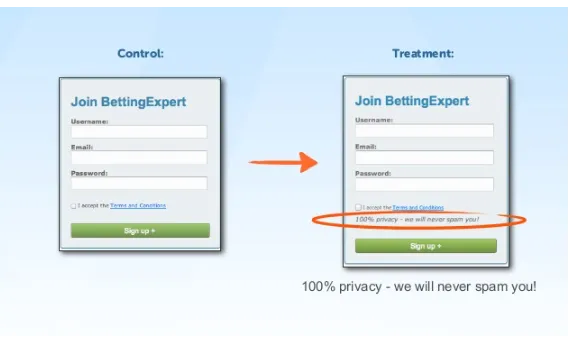
Gathering visitor data can also reveal problems you never knew you had. For example, Convert Experiences used Google Analytics to analyse why their landing page was experiencing such a low conversion rate. They found that most users were accessing their landing pages from a mobile device - and that this demographic was dropping off at an unusually high rate. Digging deeper, they realised that the multi-column layout they were using was challenging to use on mobile. They also noted that they had too many compulsory text fields.
Using this data, they decided to optimize their page for a better mobile experience, and remove some of the compulsory form fields, resulting in a much higher conversion rate.
While they could have begun with optimizing their headlines or copy, as many “best practice” articles would suggest, they probably wouldn’t have seen such a boost in conversions. The best way to optimize your landing pages and increase your conversion rates is to gather as much data as possible and solve any issues you find there.
Fixing these issues will not only increase conversions, but will improve overall landing page experience, encouraging users to spend more time on the page, improving your quality score, and, thereby, reducing your CPC.
Apexure assists businesses in accelerating their growth with effective and creative, high-converting PPC landing page designs. Combining data and design, we have worked with more than 300 businesses worldwide, and understand how to build effective websites and landing pages across verticals.
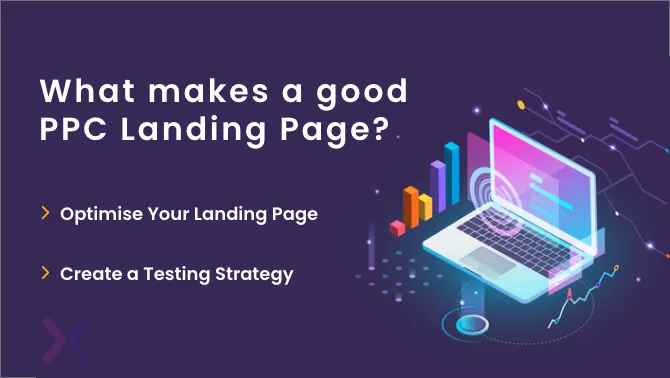
Related Articles:
Drive More Sales or Leads With Conversion Focused Websites and Landing Pages
Get Started.webp)
In today’s fast-paced digital world, having a responsive website is no longer just a nice-to-have, it’s essential. Whether...
As artificial intelligence continues to evolve, businesses are finding innovative ways to enhance their marketing efforts. One of...
Get quality posts covering insights into Conversion Rate Optimisation, Landing Pages and great design